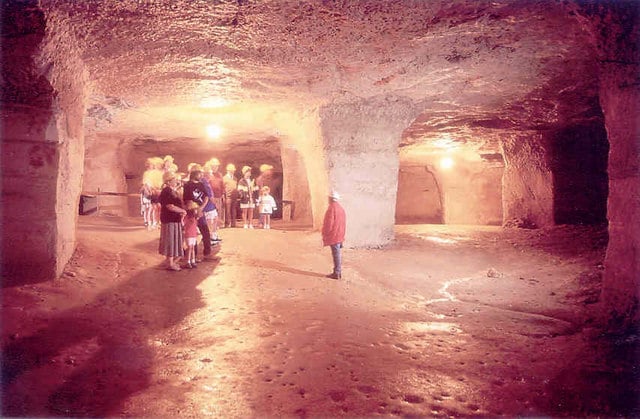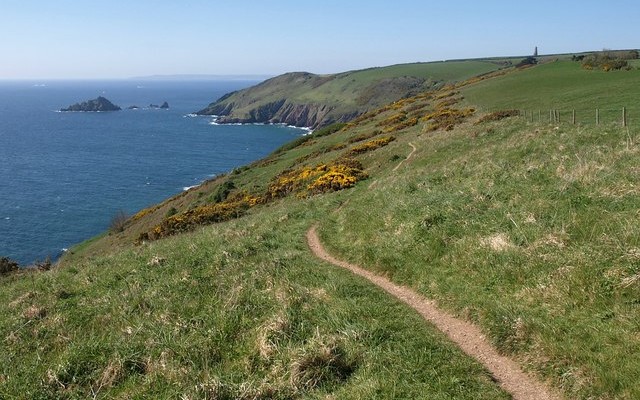Interesting information
These vast underground caverns were started by the Romans and worked until the early 20th century. Conducted tours show how the stone was quarried by candlelight with pick axes and saws, then transported on horse-drawn wagons and by barges which sailed from Beer beach.
The Roman Chambers (where the roof is supported by typical Roman arches and the walls bear tool marks), now house a small museum. The quarry provided a place of refuge for Catholics during times of persecution and a hiding place for contraband when Beer village was renowned for smuggling. It now provides a winter home to many species of hibernating bats.
The site is a designated Area of Outstanding Natural Beauty, Site of Special Scientific Interest and Special Area of Conservation.

